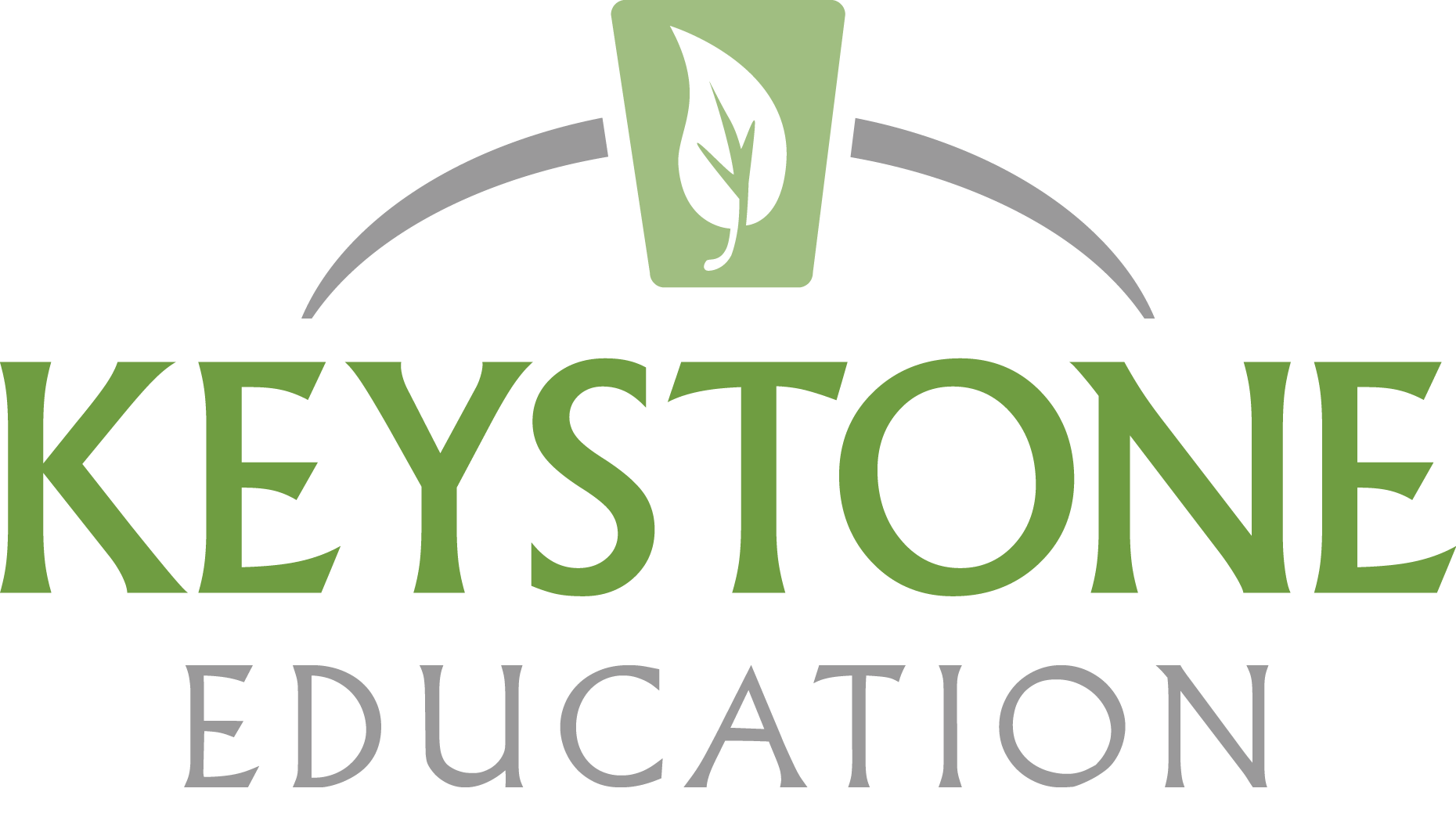What is STEM?
STEM standards for science, technology, engineering and math. The acronym STEM is used when explaining a curriculum that focuses on each of these areas. STEM education nurtures innovation and creative thinking by giving children a hands-on way to learn through curriculums that include technology and makerspaces.
Makerspaces
Imagine an instructional experience that combines the analytical thinking of a science lab, the creativity of an art studio, and the manual and technical skill development of an industrial arts shop. A classroom with these characteristics would encourage students to experiment, design, and build. An environment such as this would engage students in science and engineering – and these environments, known as makerspaces, are popping up in schools and libraries across the country.
A makerspace supports multiple applications. From the more traditional practical arts subjects of woodworking, metalworking, and textiles, to electronics and robotics, makerspaces are providing an approach to STEM subjects better suited to our technology-centered world.
In order to design a makerspace, administrators must first ask a number of questions:
- What subjects will be using this space, and what kinds of activities will take place there?
- Where will I put the space? Can an existing classroom be converted? What are the electrical, plumbing, and ventilation needs of the space?
- Who will manage the space? Training, safety, maintenance, and inventory will all require ongoing attention.
- How much should I budget for the creation and ongoing maintenance of the space?
As exciting as the makerspace movement is, its implementation comes with many important considerations. Keystone Technologies can help you design a makerspace to meet your school’s needs and budget. Want to learn more about how to implement makerspaces in your school? Contact us!

